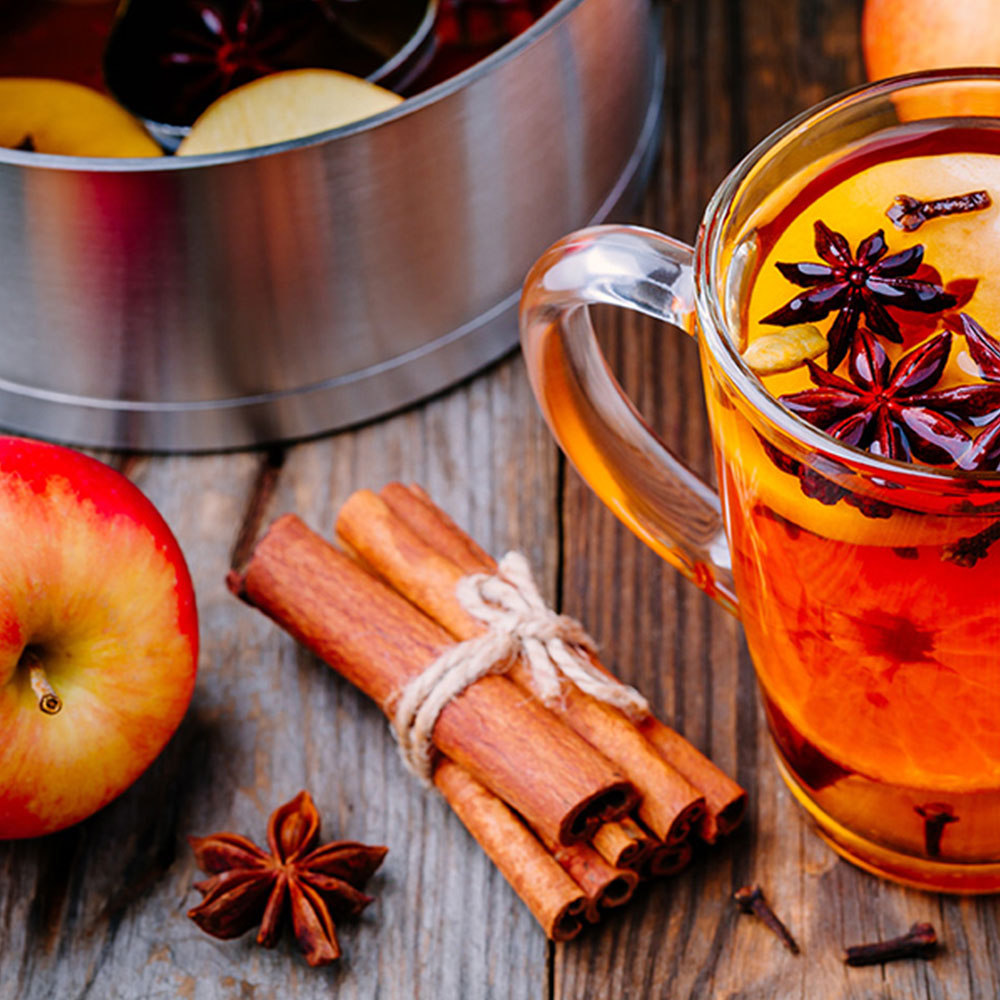Japanese Tea Ceremonies

MAIN TYPES OF JAPANESE TEA CEREMONIES
There are 2 main schools of Japanese tea ceremony, the Omotesenke and Urasenke. Urasenke is the more popular. All the ways of performing these tea ceremonies have many features in common, for example -
- The host, male or female, will usually be wearing a kimono, while guests may wear kimono or subdued formal wear.
- If the tea is to be served in a separate tea house rather than a tea room, the guests will wait in a garden shelter until summoned by the host.
- They ritually purify themselves by washing their hands and rinsing their mouths from a small stone basin of water, and proceed through a simple garden along a roji (dewy path) to the tea house.
- Guests remove their shoes and enter the tea house through a small door, and proceed to the tokonoma or alcove, where they admire the scroll and/or other decorations placed in the room and are then seated seiza style on the tatami in order of prestige.
DETAILS OF JAPANESE TEA CEREMONIES
Both tea houses and tea rooms are usually small, a typical floor size being sufficient for 4 tatami (traditional Japanese woven mats of straw). The smallest tea room may be just 2 mats, and the size of the largest is determined only by the limits of its owner's resources. Building materials and decorations are deliberately simple and rustic.
Guests may be served a light, simple meal called a kaiseki or chakaiseki, followed by sake. They will then return to the waiting shelter until summoned again by the host. If no meal is served, the host will proceed directly to the serving of a small sweet or sweets. Sweets are eaten from special paper called kaishi; each guest carries his or her own, often in a decorative wallet which is tucked into the front of the kimono.
Each utensil, including the tea bowl (chawan), whisk (chasen), and tea scoop (chashaku), is then ritually cleaned in the presence of the guests in a precise order and using prescribed motions. The utensils are placed in a precise arrangement according to the ritual being performed.
When the ritual cleaning and preparation of the utensils is complete, the host will place a measured amount of green tea powder in the bowl and add the appropriate amount of hot water, then whisk the tea using using precise, prescribed movements.
Conversation is kept to a minimum throughout. Guests relax and enjoy the atmosphere created by the sounds of the water and fire, the smell of the incense and tea, and the beauty and simplicity of the tea house and its seasonally appropriate decorations. The bowl is then served to the guest of honour (shokyaku literally the "first guest"), either by the host or an assistant.
Bows are exchanged between the host and guest of honour. The guest then bows to the second guest, and raises the bowl in a gesture of respect to the host. The guest rotates the bowl to avoid drinking from its front, takes a sip, murmurs the prescribed phrase, and then takes 2 or 3 more sips before wiping the rim, rotating the bowl to its original position, and passing it to the next guest with a bow. The procedure is repeated until all guests have taken tea from the same bowl, and the bowl is returned to the host.
In some ceremonies, each guest will drink from an individual bowl, but the order of serving and drinking is the same. If thick tea (koicha) has been served, the host will sometimes prepare thin tea (usuicha) which is served in the same manner.
In some Japanese tea rituals, however, only koicha or usuicha is served. After all the guests have taken tea, the host cleans the utensils. The guest of honour will request that the host allow the guests to examine the utensils, and each guest in turn examines and admires each item, including the water scoop, the tea caddy, the tea scoop, the tea whisk, and, most importantly, the tea bowl. The items are treated with extreme care and reverence as they are frequently priceless, irreplaceable handmade antiques, and guests often use a special brocaded cloth to handle them. The host then collects the utensils, and the guests leave the tea house.
The host bows from the door, and the ceremony is over. A tea ceremony can last between 1 hour and 5 hours, depending on the type of ceremony performed, and the types of meal and tea served.
TYPES OF CEREMONIES
Obon temae
In Obon Temae, the host places a tea bowl, whisk, tea scoop, chakin and natsume on a special tray; these items are covered by the fukusa. Thin tea is prepared on the tray while kneeling seiza style on the floor.
Ryū-rei
In Ryū-rei, the tea is prepared at a special table. The guests are seated either at the same table (one guest) or at a separate table. The name refers to the practice of performing the first and last bows standing at the entrance to the tea room. In Ryū-rei, there is usually an assistant, who sits behind the host and moves the hosts stool out of the way as needed for standing or sitting. The assistant, also, serves the tea and sweets to the guests.




